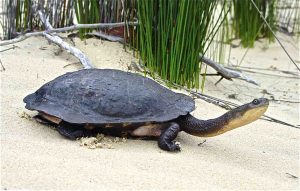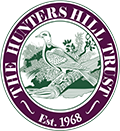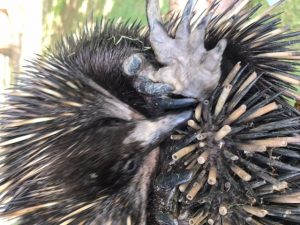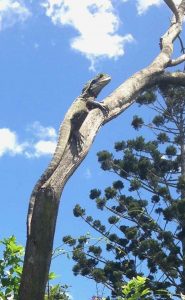wildlife protection in Boronia Park & Buffalo Creek reserve

Long neck turtle (Image: Species Survival Commission)
The Trust supports Council’s plans to declare Wildlife Protection Areas (WPAs) in Boronia Park and Buffalo Creek reserves. WPAs designated under the NSW Companion Animals Act 1998 allow for cats to be prohibited from key wildlife habitat areas.
Boronia Park and Buffalo Creek reserves are part of a regionally significant wildlife corridor along the Lane Cove River. We are lucky to have a variety of wildlife in our local bushland and appreciate the contribution that Council’s participation in regional programs provides in the protection of native fauna.
WPAs should assist in reducing harm and predation of native species, particularly our diminishing small birds and reptiles. You can read our letter about Wildlife Protection Areas here.


